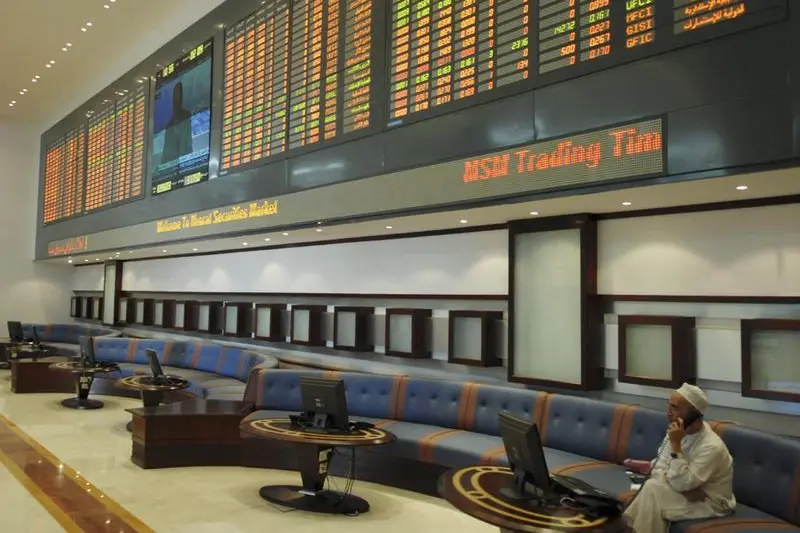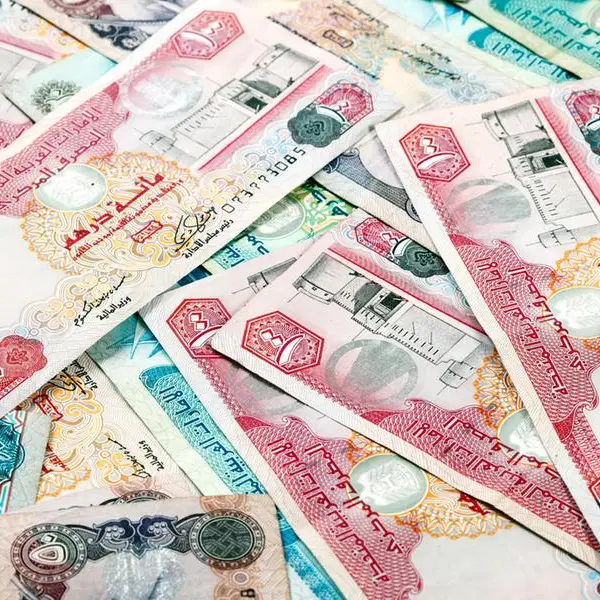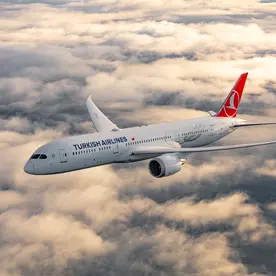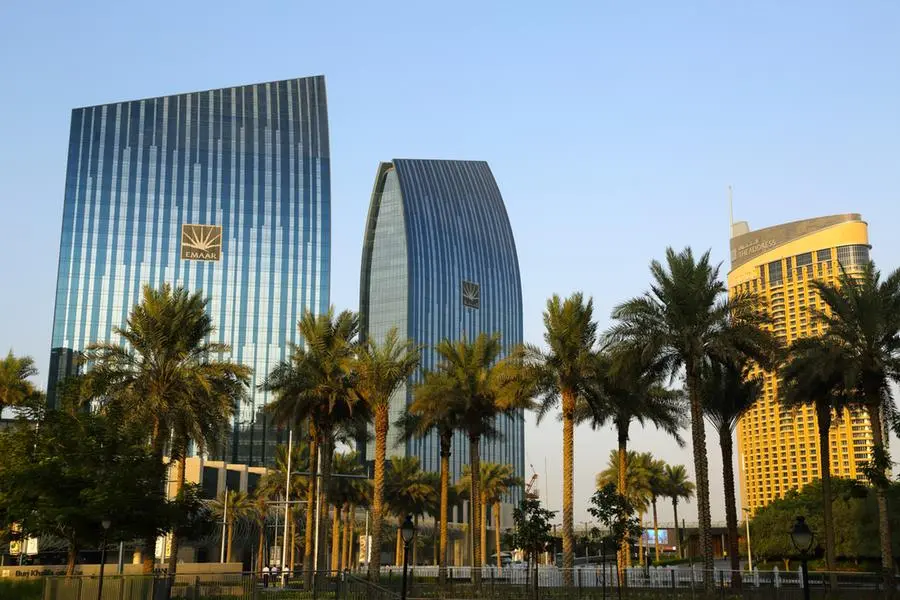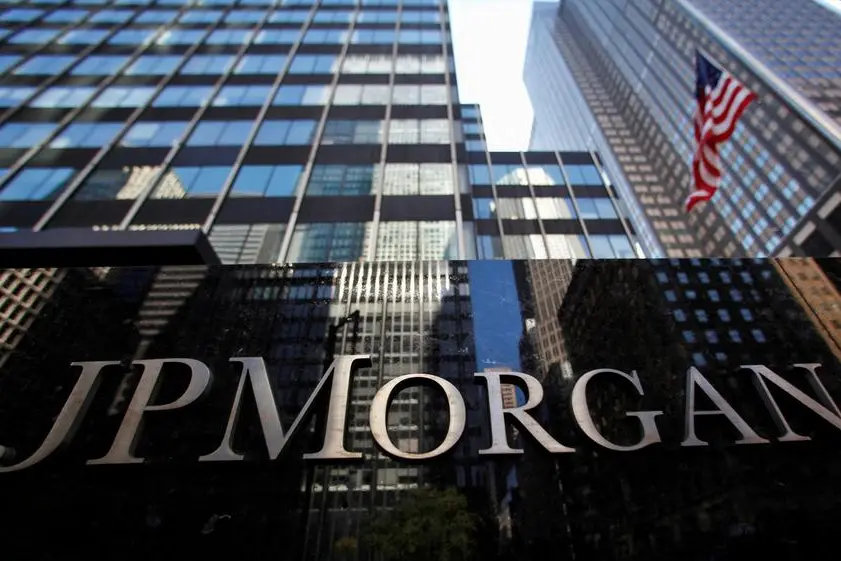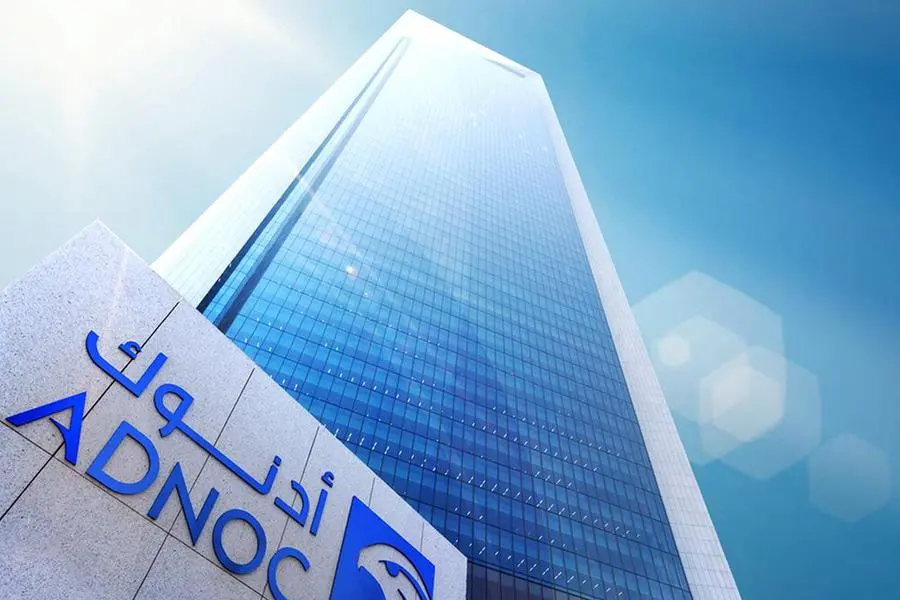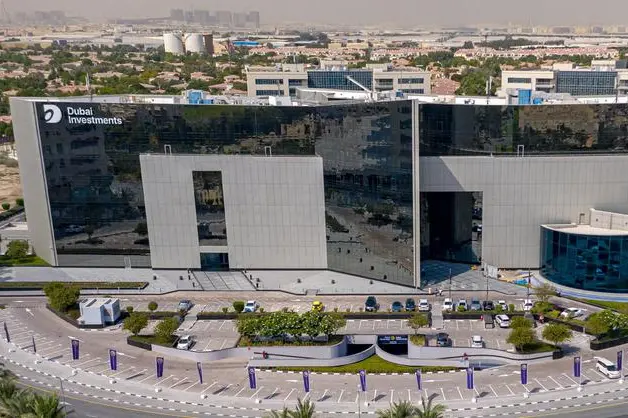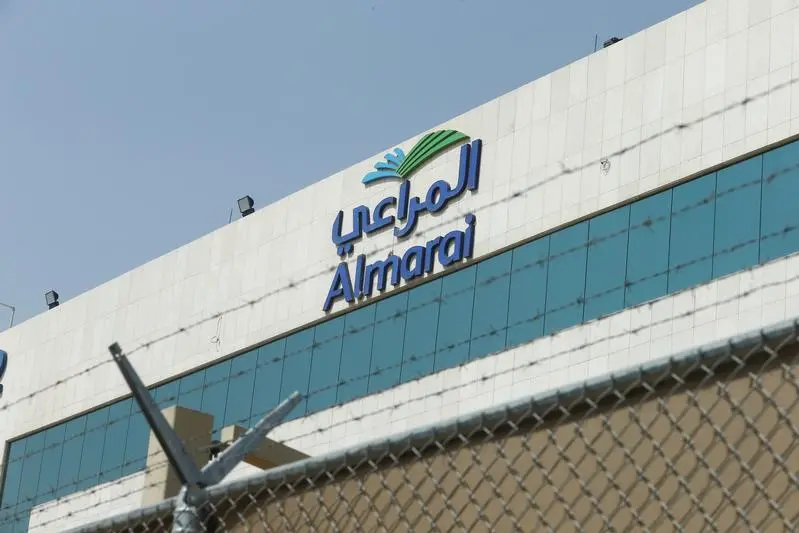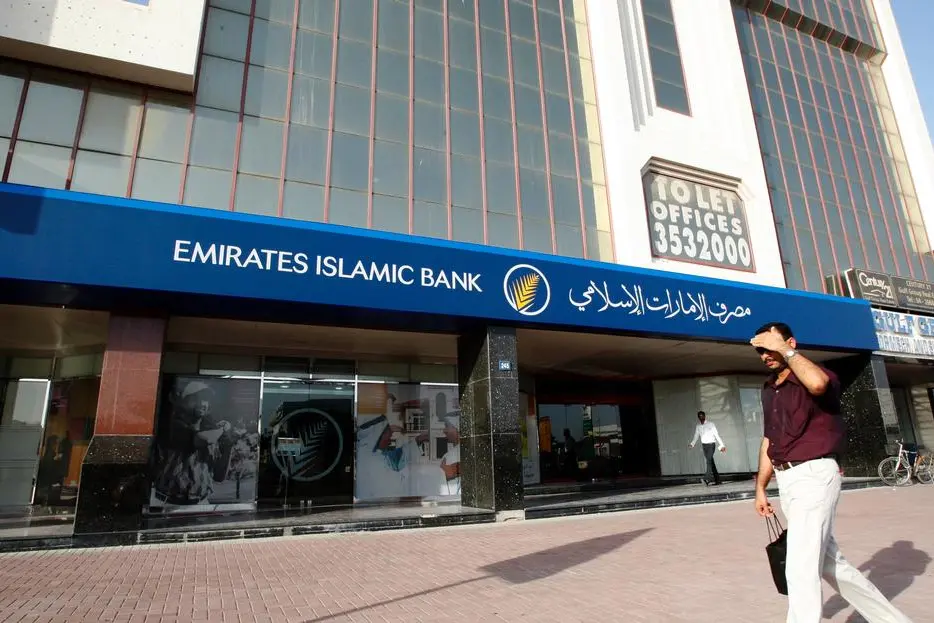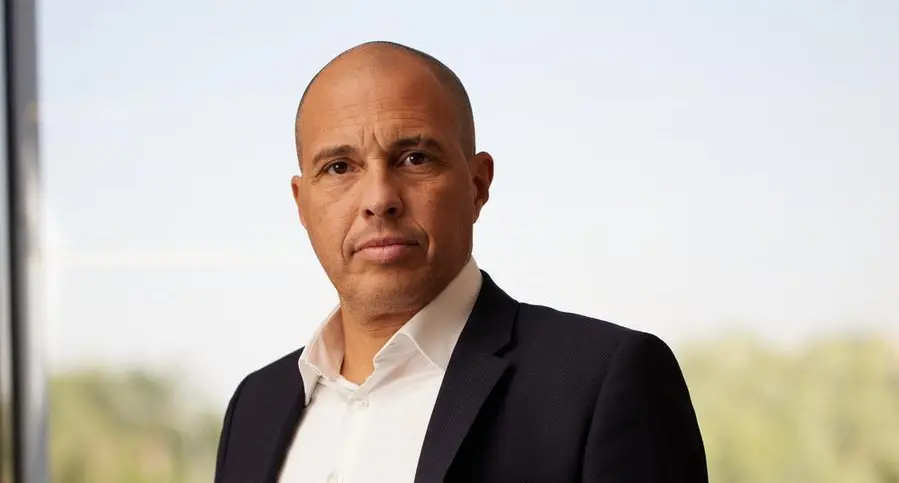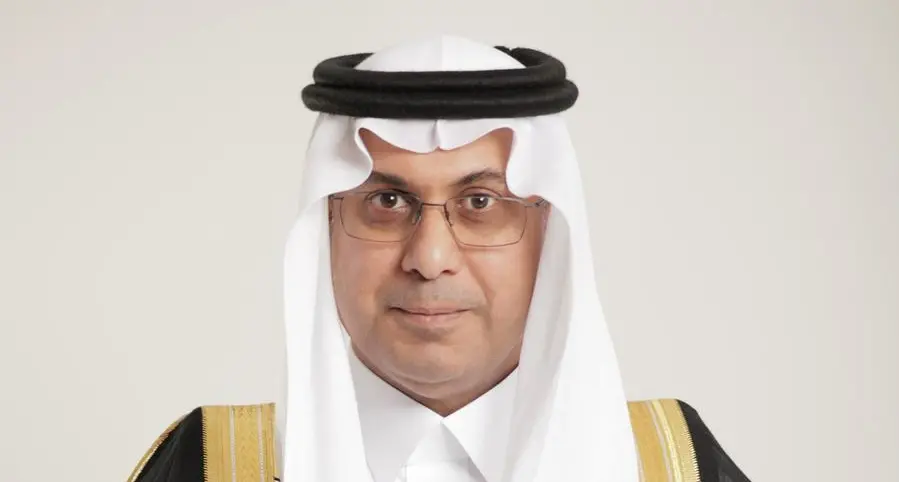PHOTO
An investor talks on his mobile phone, whilst working on his computer, on the trading floor of the Muscat Securities Market (MSM) in the Commercial Business District of Ruwi in Muscat, October 2, 2007. Image for illustrative purposes.
By Samuel Kutty
MUSCAT: Amid challenging economic conditions, the Islamic banking sector in the Sultanate achieved significant growth since its start in 2012. The total assets of Islamic banks and windows combined, amounted to RO 2.7 billion as at the end of July 2016 which constituted about 8.5 per cent of the total banking system assets. “The growth has been a result of the Omani government’s strategy that has allowed conventional banks to offer Islamic services, thereby leveraging existing banking infrastructure to drive broad customer penetration”, Khalid Howladar, Global Head of Islamic Finance at Moody’s said in a report yesterday.
According to Central Bank of Oman, the total deposits held with Islamic banks and windows registered a remarkable increase to RO 1.9 billion in July 2016 from RO 1.2 billion outstanding as at the end of July 2015. “The rapid growth of Islamic banking in Oman shows the pent-up demand for such services and, crucially, the effectiveness of government support and regulation in acting as a catalyst for growth,” he said. At the same time, Islamic banking entities provided financing to the extent of RO 2.1 billion as at the end of July 2016 when compared to RO 1.4 billion a year ago.
Despite the current challenges the sector still has potential for further growth, Moody’s said, pointing out the rate of growth in other countries including Turkey and Indonesia where the penetration of Islamic financing assets remains relatively low between 5 and 10 per cent, respectively.
In Turkey, while the sector’s overall share of the banking market has dropped due to the troubles of Bank Asya, the creation of new government sponsored Islamic “participation” banks with vast customer reach is expected to double the size of the sector over the next five years. While in Oman, “the sector has gone from zero to an aggregate of around 10 per cent of banking system financing assets as of June 2016 compared to Indonesia and Turkey”, the report said.
The growth is driven by strong retail demand and proactive government legislation, Howladar said. According to the apex bank, the total assets of conventional commercial banks increased by 4.2 per cent to RO 29.3 billion in July 2016 from RO 28.1 billion a year ago. Across the GCC the Islamic banking sectors have been experiencing growth in their respective market shares with the lone exception of Kuwait. Growth of Islamic financing in Kuwait remained low at around 5 per cent in 2015, and broadly in line with conventional banking. Bahrain, too, shows comparable growth levels to conventional peers.
In the UAE, Islamic financing assets are now estimated to represent almost 30 per cent of the system, up from around 20 per cent in 2010. The strong expansion has been mainly achieved by the rapid growth of Islamic windows through which conventional banks have captured new market shares and clientele in recent years. In Saudi Arabia the largest Islamic banking market in terms of even conventional banks have Islamic products and as a result the sector is estimated to represent more than 50 per cent of financing assets. Stand-alone Islamic banks in Saudi Arabia have enjoyed double-digit growth rates between 2010 and 2015, achieving notable market share gains at the expense of their conventional peers.
© Oman Daily Observer 2016
